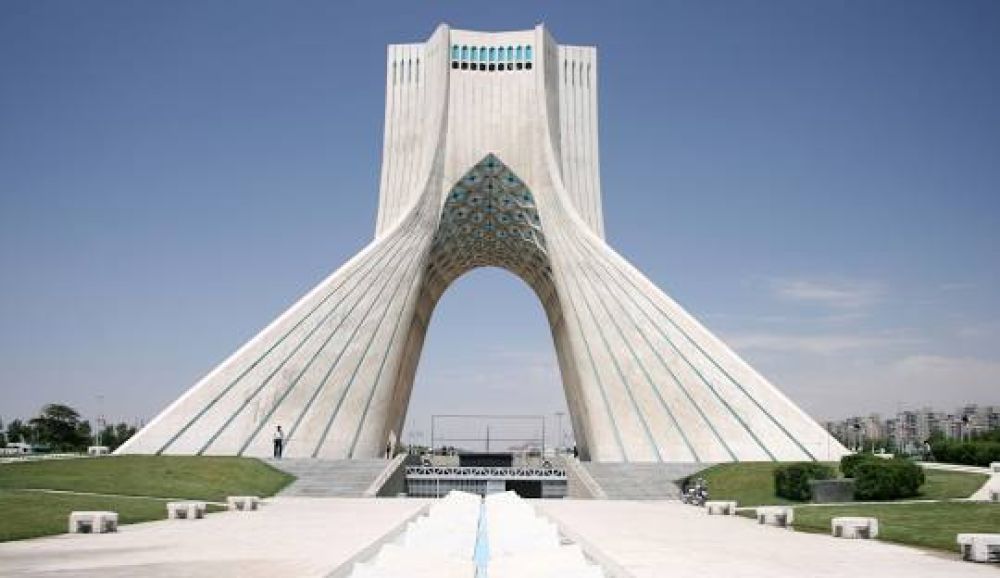

The Azadi Tower, originally known as the Shahyad Tower, stands as one of Tehran's most iconic landmarks. This monument, which translates to "Freedom Tower," was designed by architect Hossein Amanat and inaugurated in 1971 to commemorate the 2,500th anniversary of the Persian Empire. The tower's design combines elements of Sassanid and Islamic architecture, symbolizing the nation's rich historical heritage.
Tourism in the early years: Post-inauguration, the Azadi Tower became a prominent symbol and a focal point for tourists seeking to explore Tehran's modern advancements juxtaposed with its ancient culture. During the 70s, Iran's burgeoning tourism industry catered to international visitors intrigued by the country's history and modernity, with Azadi Tower being a must-visit destination on their itineraries.
Impact of the Iranian Revolution: The tourism landscape at the Azadi Tower experienced a significant shift following the Iranian Revolution in 1979. The revolution transformed Iran's political, social, and cultural life, and as a result, the number of foreign tourists visiting the country, and the Azadi Tower in particular, dropped considerably. However, the tower retained its importance as a national symbol and continued to attract local visitors.
Regrowth of tourism in the 21st century: In the past two decades, Iran has experienced a gradual revival in tourism with Tehran, and the Azadi Tower, being central to this resurgence. Efforts have been made to promote Iran's cultural and historical assets, leading to an influx of tourists who are keen to discover Iran's lesser-known stories and sites.
Cultural and educational experiences: The Azadi Tower is not only an architectural masterpiece but also houses a museum and various exhibition halls which have become increasingly popular with tourists. These spaces offer insights into the history and culture of Iran, providing a multifaceted experience for visitors.
Use of technology: Like many global destinations, the Azadi Tower has incorporated technology to enhance the visitor experience. Interactive tours and modern displays allow tourists to engage with Iran's history in dynamic ways. This interactive approach has appealed to a younger generation of travelers, who often share their experiences on social media, thus giving the Azadi Tower greater international visibility.
Niche tourism: There has been a trend toward niche tourism, with travelers seeking authentic and unique experiences. This has favored the Azadi Tower, as it offers a glimpse into Iran's post-classical era, which is less frequently showcased in traditional tourism narratives. This niche appeal has given the Azadi Tower a special place on the itineraries of history buffs and cultural connoisseurs.
Increased domestic tourism: Economic fluctuations and international relations have sometimes made international tourism less predictable. Consequently, there has been a surge in domestic tourism with Iranians rediscovering the cultural significance of the Azadi Tower. This site continues to serve as a gathering place for national celebrations and collective memory, further cementing its status as a timeless landmark.
The Azadi Tower has a profound and evolving history within Tehran's tourism scene. From its inauguration to the present day, it has remained an enduring emblem of Iran's identity. With tourism trends leaning towards cultural enrichment, the Azadi Tower is poised to remain a significant destination for both international visitors and local citizens for many years to come.